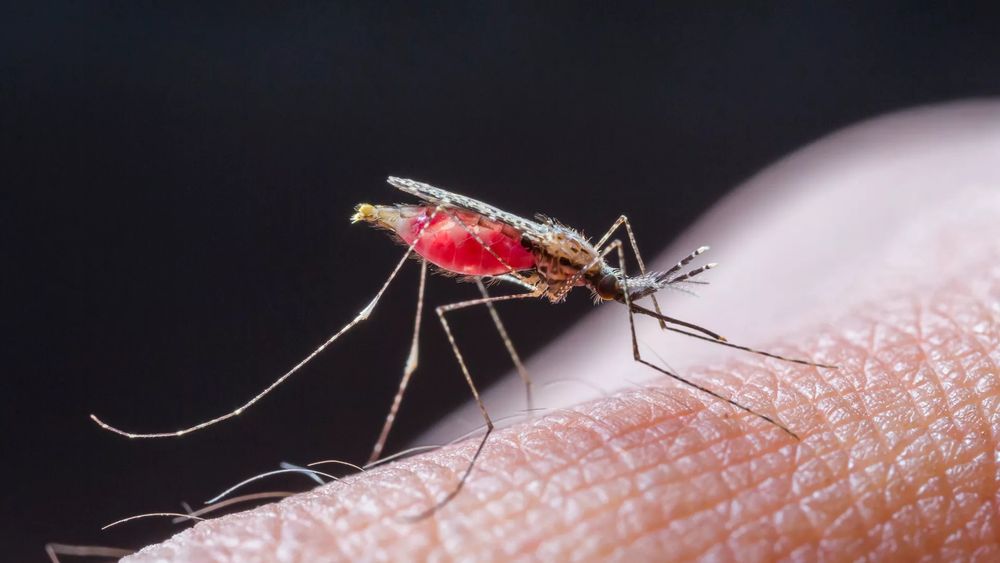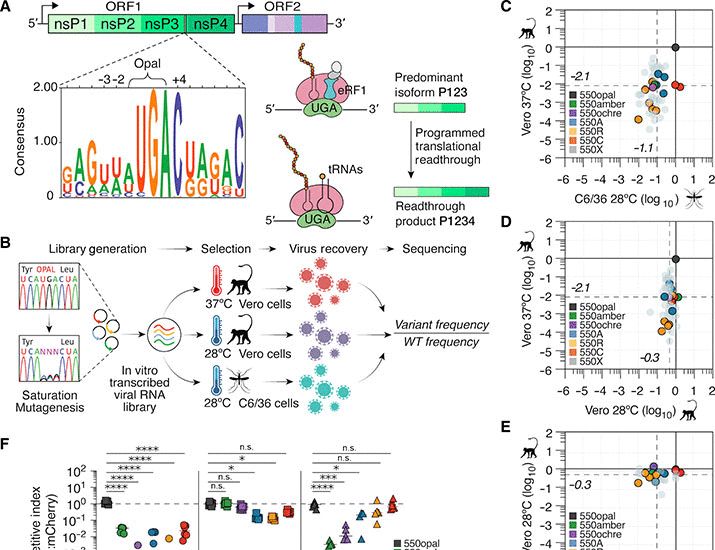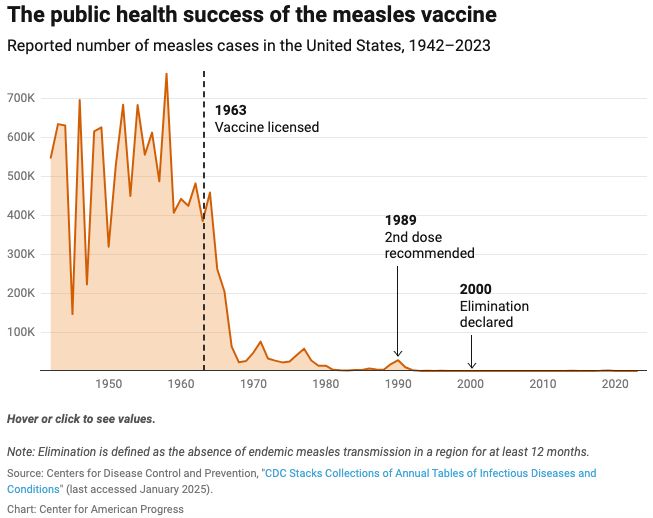Arbovirus-host interactions


@astmh.bsky.social @utmbhealth.bsky.social @sbvirologia.bsky.social @mauriciolnogueira.bsky.social @rossilab.bsky.social

@astmh.bsky.social @utmbhealth.bsky.social @sbvirologia.bsky.social @mauriciolnogueira.bsky.social @rossilab.bsky.social
www.frontiersin.org/journals/mal...
This paper explores how variation in mosquito diversity, feeding behavior, vector competence, seasonality, and vector-pathogen interactions shape the transmission, persistence, and evolution of human malaria!

www.frontiersin.org/journals/mal...
This paper explores how variation in mosquito diversity, feeding behavior, vector competence, seasonality, and vector-pathogen interactions shape the transmission, persistence, and evolution of human malaria!
I am looking for an enthusiastic & talented postdoctoral researcher to join our research team in Hamilton, MT, USA.
If you are interested in
🦠 emerging respiratory viruses (BSL2-4),
🔬mucosal immunology, and
🐁 in vivo studies,
Check out:
www.training.nih.gov/jobs/pdpmire...
I am looking for an enthusiastic & talented postdoctoral researcher to join our research team in Hamilton, MT, USA.
If you are interested in
🦠 emerging respiratory viruses (BSL2-4),
🔬mucosal immunology, and
🐁 in vivo studies,
Check out:
www.training.nih.gov/jobs/pdpmire...



www.cell.com/cell/fulltex...

www.cell.com/cell/fulltex...


www.biorxiv.org/content/10.1...

www.biorxiv.org/content/10.1...
#Aedes aegypti


www.biorxiv.org/content/10.1...

www.biorxiv.org/content/10.1...
www.abc.net.au/news/2025-03...

www.abc.net.au/news/2025-03...





wwwnc.cdc.gov/eid/article/...


